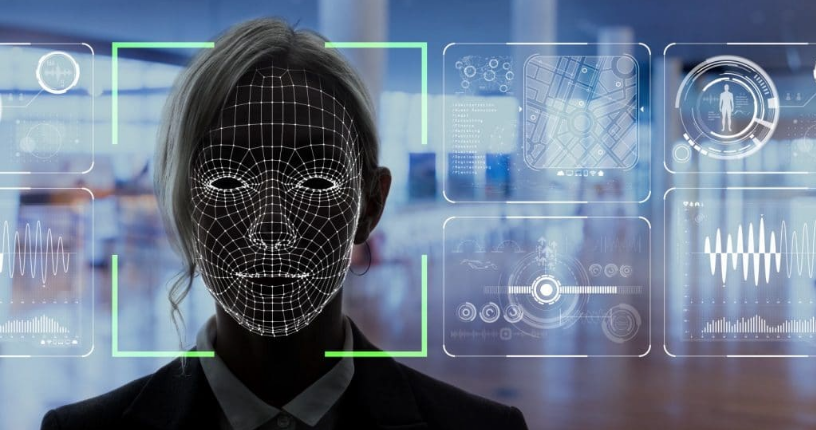
With vaccines now on the way and warmer weather just months away, stores, restaurants, offices, theatres, museums, libraries, and other public buildings should gradually begin to open up again for business in Q1-Q2, 2021. Companies have begun the process of trying to coax nervous staff and anxious patrons back on site. New safety assurances, protocols, and policies—especially those that minimize the need to touch surfaces or share equipment—will be important to these conversations.
Driven by this increasing customer demand and need for better, safer access control experiences, touchless access control has become a new requirement for security systems in a post COVID-19 world. Security systems that prioritize health while maintaining an advanced level of security are the future of the industry—and facial recognition technology is leading the way.
Facial recognition is expected to pull down a significant market share as it becomes widely implemented for identity verification and access control. Traditionally a less viable option than standard key card access due to cost, quality, and privacy concerns, facial recognition is now less expensive to integrate than ever before. While past implementations of face recognition access control systems suffered from poor accuracy, anti-spoofing issues, and lack of privacy controls, the technology of the future has an increased ability to work on top of and in tandem with legacy systems—making facial recognition systems more approachable in 2021.
As the cost of facial recognition technology draws even with alternative key card systems, experts are now predicting that facial recognition will “ride the wave created by the COVID-19 pandemic, wracking up a 17.4 percent in the next decade and expanding its current market share five-fold, reaching a projected $70 billion globally.”
In addition to being more affordable and of higher quality, facial recognition access systems are now considerably more sophisticated. Many have the capability to “learn” continuously over time to adapt to changing facial features, include 2D and 3D checks to prevent attempts to fool it using a photo or video of a person (anti-spoofing), and have strong privacy controls to limit the use of any data collected.
Facial recognition technology is also being widely adopted on residential devices as well, especially for those who want to be on the leading edge of smart home innovation. An advanced facial recognition feature of some home security systems creates a database of people who regularly come to your house—allowing the camera to determine if a face it registers is on your list of “known faces.”
The first step in setting up a security camera with a facial recognition is to create profiles of individual people. Upload an existing photo or take a picture in real time. A well-designed security camera with this feature should be able to recognize the images you have uploaded to your database of familiar faces, and recognize human faces from every other type of motion activity. The most sensitive devices will even alert you to the name associated with the image you have uploaded to your database.
Common alerts include getting an alert when kids get home from school or when a housekeeper, dog walker or family caregiver shows up. An alert like this creates peace of mind when you’re expecting someone to show up and you are not at home to greet them. This functionality also helps in security scenarios, since the camera is essentially distinguishing between faces it recognizes and those it doesn’t. If you receive an alert that your security camera detected someone on your property who is not in your database of familiar faces, and you don’t recognize them, you can alert police officers immediately in the event of an actual burglary.
Although the move toward more innovative access control technologies has been relatively slow, the forecast for next decade includes a major huge shift due to clear customer demand and the need for better access control experiences.
